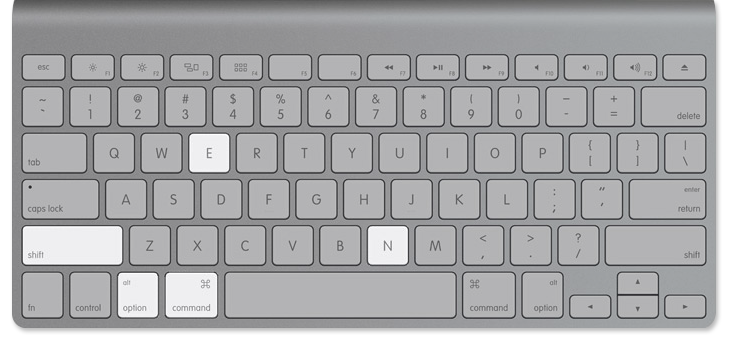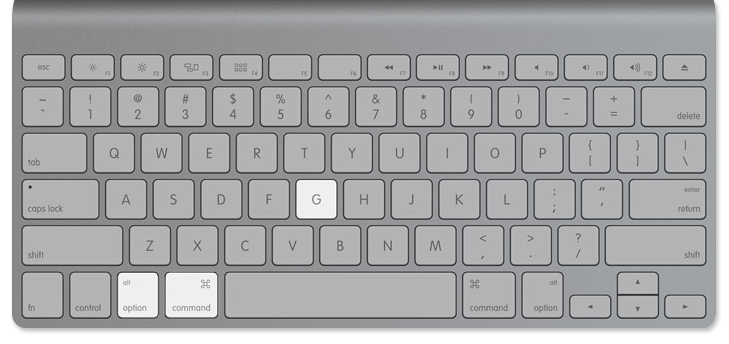Learn how to design websites & apps
(not retouch photos)
(not for photographers)
Most Photoshop courses start by teaching you how to remove redeye, crop a photo, or remove unwanted background elements. Skills used by photographers, not web designers.
The valuable interface design skills, such as paths and layer styles, are saved for intermediate and expert level courses. Meaning you have to suffer through learning how to turn a photo black and white before you can learn to improve your software design.



